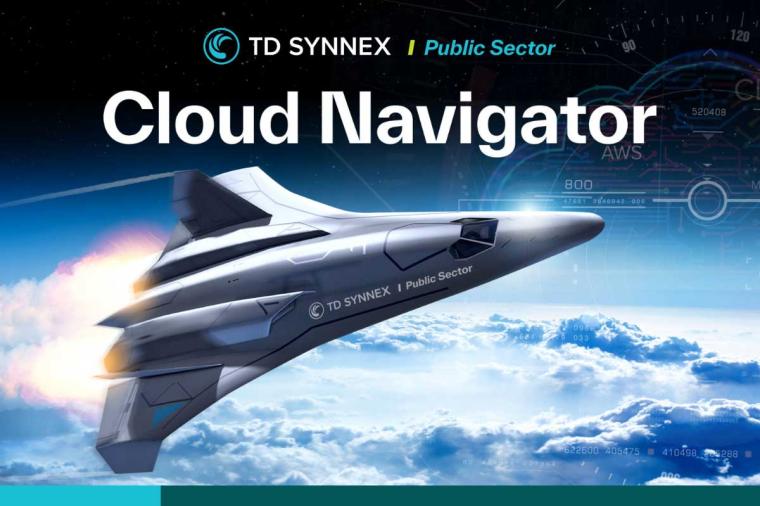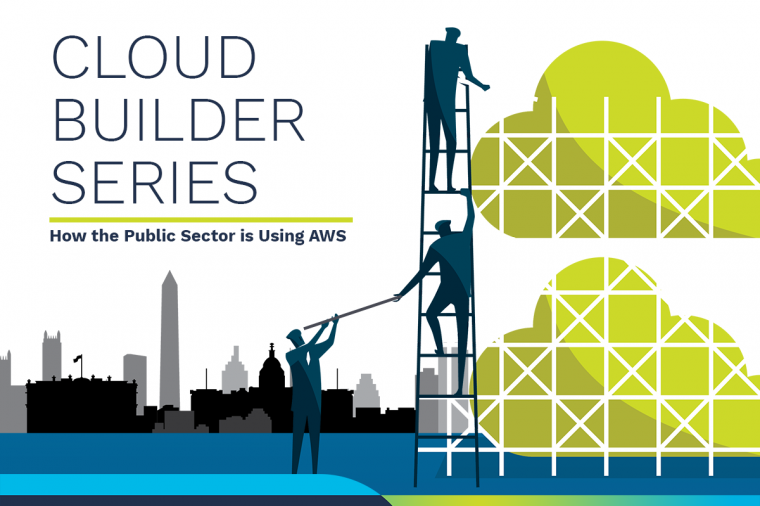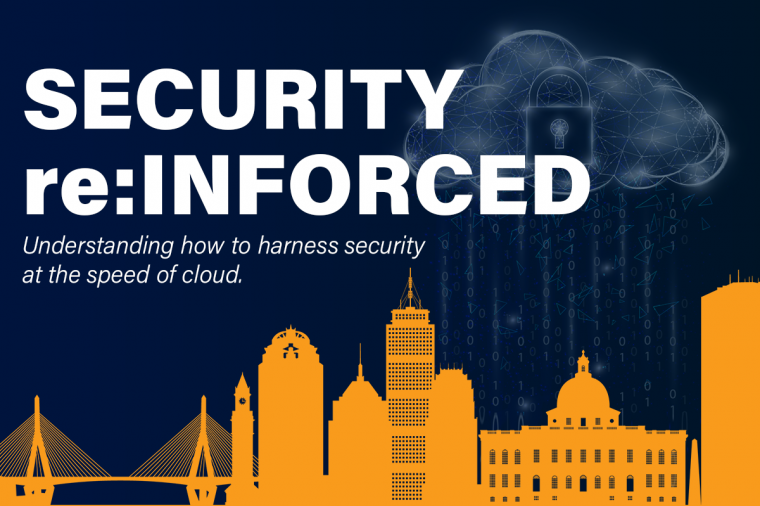Introducing CODEvolved: An Interview with Matt Micene

Matt Micene, DLT Solutions' Solutions Architect, Platform, was recently interviewed about DLT's newest offering - CODEvolved - on The Dave and Gunnar Show. CODEvolved is a PaaS solution that delivers an elastic, fully-configured environment for accelerated application development, testing and hosting using Red Hat's OpenShift Enterprise on Amazon Web Services' (AWS) cloud. Matt led the team who architected the solution.
Questions included:
- Why choose CODEvolved when OpenShift is already on AWS?
- Can you use CODEvolved in a hybrid environment?
- What's next?
Listen to the show's podcast here.
We're lucky enough to have a couple minutes with Matt to ask a few follow-up questions.
Josh: Can you give us a quick overview on how CODEvolved...evolved? What was its genesis and how did you get to deployment?
Matt: The idea behind CODEvolved came directly from discussions with a customer. There are a lot of government agencies who want to be able to go "to the cloud" but don't know where to start. The cloud is really a set of technologies and architecture patterns, not a boxed product. When I heard that OpenShift was planned for offer as a software package, I immediately flashed to platform-as-a-service (PaaS) on infrastructure-as-a-service (IaaS) as an interesting notion.
I took the idea to David Blankenhorn, our Chief Cloud Officer, and we started kicking around ideas and architecture. Then we started talking to Red Hat about the idea and why it was different than any of their plans for OpenShift Online. Fast forward 12 months and we’ve got blueprint for a platform that delivers the flexibility of PaaS and IaaS with the design criteria aimed a production deployment in resilience and durability.
Josh: In the interview, you mentioned your excitement around xPaaS. What is it and why the anticipation?
Matt: xPaaS is the label Red Hat's using to talk about the upcoming extension of OpenShift capabilities with the JBoss suite. Most PaaS options focus on the language or framework layer, which is great for a lot of lightweight Web 2.0 apps. But taking the power of a business process management system and enabling its use in a PaaS environment is huge. You can now look toward being able to build the complex "legacy" applications that are mainly constrained to traditional data center architectures and apply cloud native patterns. Adding integration capabilities with Fuse is another huge win in connecting the cloud native with the existing apps.
Josh: Tell me about the benefits of this approach compared to more traditional development environments.
Matt: CODEvolved blends two different types of capacity on-demand to get the most out of the scaling capabilities. OpenShift Enterprise makes it easy to provide the sorts of frameworks application developers need right next to the Web 2.0 sorts of platforms. Typically, each of those platforms would need their own separate infrastructure, whereas OpenShift Enterprise manages that as one interface-driven, super-framework. The Amazon underpinnings make it simple to respond to changes in the PaaS layer and to provide some additional capabilities like Relation Database Service (RDS). Nodes can be rapidly added or resized based on the demands of the developers without going through a long procurement and rack and stack process.
If you’re interested in learning more about CODEvolved check out this informational PDF.
















































